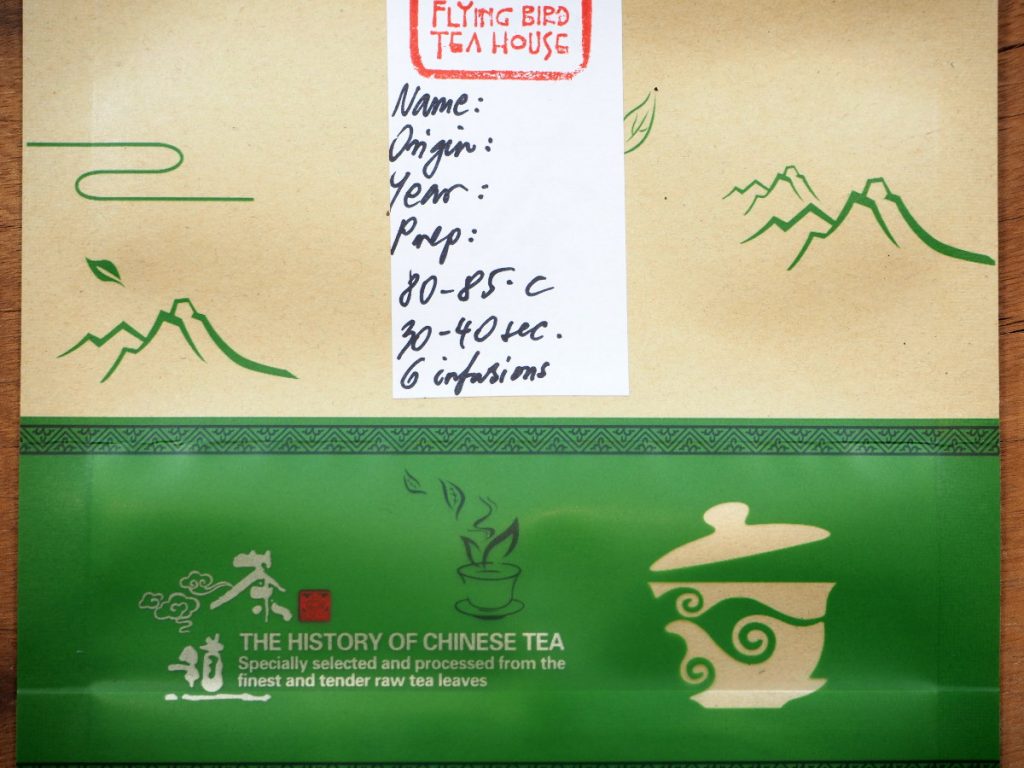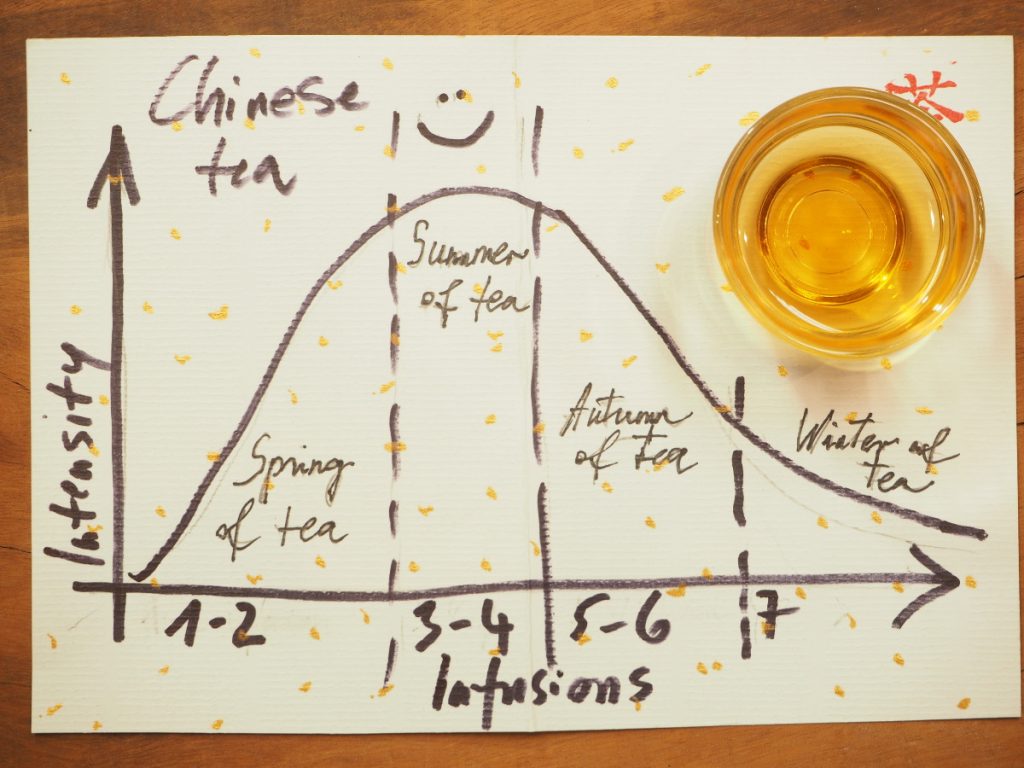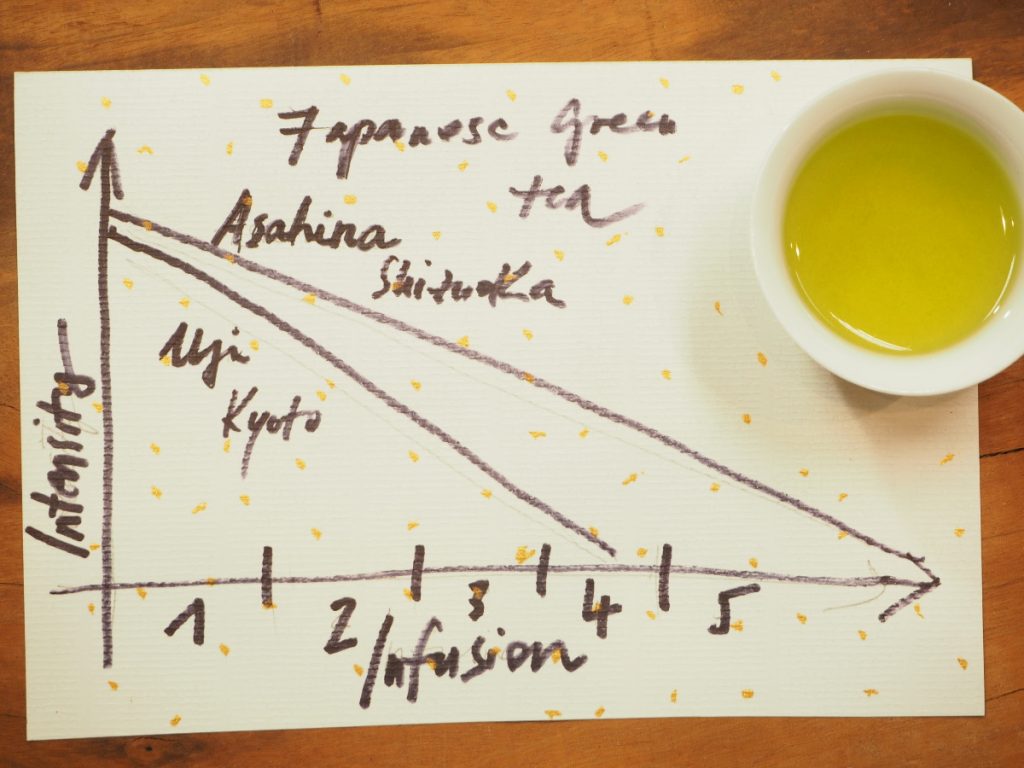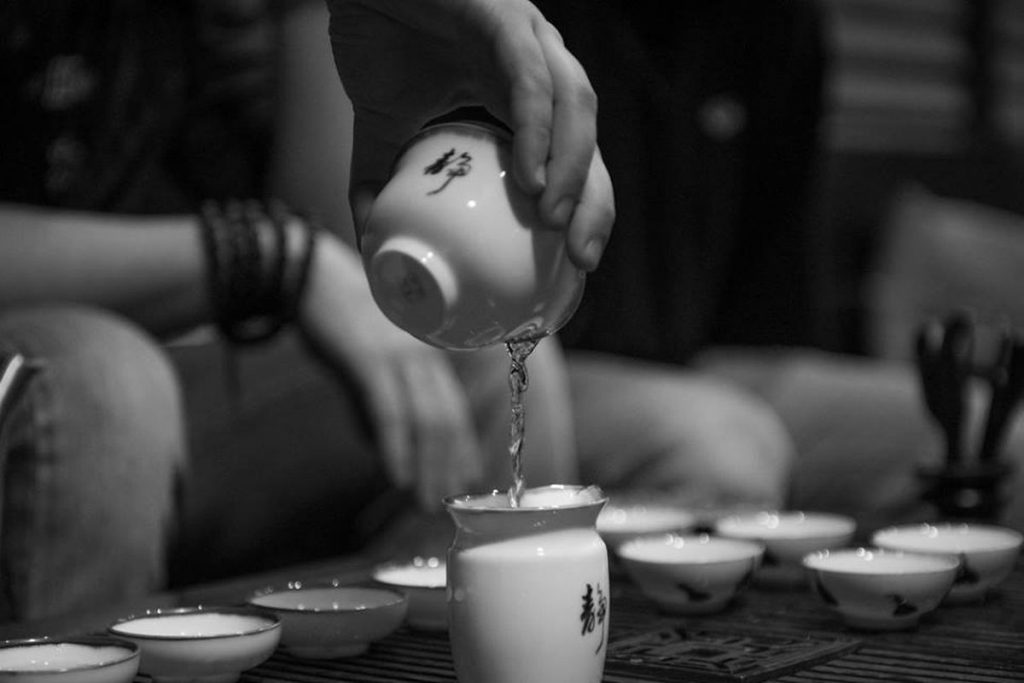The prerequisites of brewing tea
For the best taste and most complete infusion using GOOD WATER with low mineral content (less than 400mg/l total mineral content is imperative). It is believed that water is the mother of tea. If you make high-quality tea with medium-quality water, the infusion will be medium quality. If medium-quality tea is poured with high-quality water, the infusion will be good quality. For tea brewing, use these types of water: spring water, glacier water, filtered water, purified water, soft mineral water.
Our tea leaves can be steeped several times (at least 3 times). You should steep the leaves for the recommended time in each brew, then strain and pour the liquor. The 3 prerequisites of brewing fine tea are: choosing the correct water-to-leaf ratio, setting the correct water temperature, and selecting the correct steeping time.
Water temperature and steeping time
The recommended temperatures and steeping times are such values, that yield the richest flavors in the final brew. Following this guideline ensures optimal extraction of amino-acids, tannins, polyphenols, volatiles, other smell and aroma compounds. Bear in mind that sweet-tasting compounds extract first, while with higher temperature and longer brewing times those with bitter taste begin to dominate. We always mark the recommended brewing parameters on the tea’s packaging. Once trying these, you are welcome to diverge and EXPERIMENT with slightly lower or higher temperatures and brewing times. The goal ultimately is to find an approach that yields the most delicious result for your own individual taste.

Eastern style :cha dao, gongfu cha; Western style: filter mug, large teapot; Inf: Number of infusions
There are special tea varieties that we do not recommend to make in a western style. These are more like ceremonial teas.
| Tea Type | Eastern | style | brewing | Western | style | brewing |
|---|---|---|---|---|---|---|
| °C | Sec | Inf | C° | Min | Inf | |
| White tea | 80°C | 40-60 | 6-8 | 80°C | 2 | 3 |
| Chinese + Taiwan Green tea | 70-80°C | 20-30 | 6-8 | 70-80°C | 2 | 3 |
| Japanese Green tea Sencha | 65-75°C | 120 | 3 | 65-75°C | 3 | 2 |
| Japanese Green tea Gyokuro | 50-60°C | 120-150 | 3 | – | – | – |
| Green Oolong tea – China (Qing Cha) | 95°C | 20-30 | 8-10 | 95°C | 2 | 5 |
| Taiwan Oolong tea – High mountain oolong | 85°C | 90 | 10-12 | 85°C | 2 | 6 |
| Wuyi Yan Cha – Wuyi Oolong tea | 85-90°C | 20-30 | 8-10 | – | – | – |
| Feng Huang Dancong Cha – Dancong Oolong tea | 85-90°C | 20-30 | 8-10 | – | – | – |
| Chinese Golden Bud Red/Black tea – Hong Cha | 80-85°C | 40-60 | 8-10 | 85°C | 2 | 4 |
| Chinese Red/Taiwan Black tea – Hong Cha | 95°C | 90 | 8-10 | 95°C | 3 | 4 |
| Indian Black tea Darjeeling | 85°C | 90 | 5 | 85°C | 3 | 3 |
| Indian Black tea Assam | 95°C | 90 | 5 | 95°C | 3 | 4 |
| Young Sheng Puer tea | 85°C | 20-30 | 8-10 | – | – | – |
| Old Sheng Puer tea + Shu Puer tea | 95°C | 40-60 | 15 | – | – | – |
| Chinese Hei Cha – Fuzhuan, Anhua Cha, Lui Bao Cha | 95°C | 40-60 | 10-12 | – | – | – |
Frequent mistakes
If the brewing time is too long, the liquor will be bitter and astringent due to the increased extraction of polyphenols.
If the brewing time is too short, the tea will be pale with hardly noticeable smell and taste. The wet leaves will have intensive smell, the brew will nevertheless be empty and boring.
If the water is too hot, the delicate leaves will get burnt. The tea will have a strongly floral aroma, but special smells and subtle aromas will be lost. The resulting brew will be less complex and less delicious.
If the water is too cold, it will not be able to extract the taste and aroma compounds. The tea will smell nice, will lack complexity and flavor.
Intensity progression of Chinese and Japanese tea
In the case of CHINESE and TAIWANESE teas, the first steeping results lighter, the second and third more intensive flavors. After subsequent steeping its flavour will plateau then start to subside. As we are dealing with whole leaves, the rate of extraction is slower and happens in several stages. The change of the brew’s intensity can be described with a bell-shaped curve.

In the case of JAPANESE AND INDIAN teas, the first steeping yields the most intensive flavors. With each subsequent steeping, the brew’s taste and aroma fades, then becomes more bitter.

Temperature and time measuring is easy
If you boil the water and pour it once into a room-temperature pot, the result will be about 90 C. With a second pouring, about 80 C, with the third pouring about 70 C, and so on. When measuring the steeping time, we can also start from our own breathing. One in and out exhale is about 4 sec.
USE YOUR ATTENTION WHEN MAKING TEA ☼

